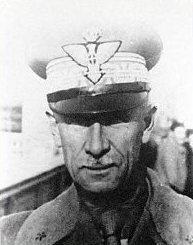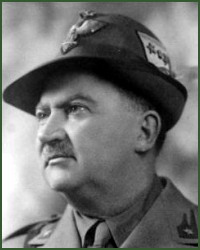The Librazhd Sector was a corps-sized defensive sector of the Royal Italian Army in Albania during World War II that defended against an offensive during the invasion of Yugoslavia. [1]

The Royal Italian Army, also known as the Regio Esercito, was established during the proclamation of the Kingdom of Italy. During the 1800's Italy started to unify into one country and in 1861, Manfredo Fanti signed a creation decree which created the Army of the Two Sicilies. This newly created army first task was to defend against the repressive power in southern Italy. The Army of Two Sicilies combated against criminals and other armies during this time of unification. After the monarchy ended, the army changed its name to become the Italian Army.

World War II, also known as the Second World War, was a global war that lasted from 1939 to 1945. The vast majority of the world's countries—including all the great powers—eventually formed two opposing military alliances: the Allies and the Axis. A state of total war emerged, directly involving more than 100 million people from more than 30 countries. The major participants threw their entire economic, industrial, and scientific capabilities behind the war effort, blurring the distinction between civilian and military resources. World War II was the deadliest conflict in human history, marked by 70 to 85 million fatalities, most of whom were civilians in the Soviet Union and China. It included massacres, the genocide of the Holocaust, strategic bombing, premeditated death from starvation and disease, and the only use of nuclear weapons in war.

The Kingdom of Yugoslavia was a state in Southeast Europe and Central Europe that existed from 1918 until 1941, during the interwar period and beginning of World War II. From 1918 to 1929, it was officially called the Kingdom of Serbs, Croats and Slovenes, but the term "Yugoslavia" was its colloquial name due to its origins. The official name of the state was changed to "Kingdom of Yugoslavia" by King Alexander I on 3 October 1929.


